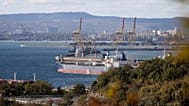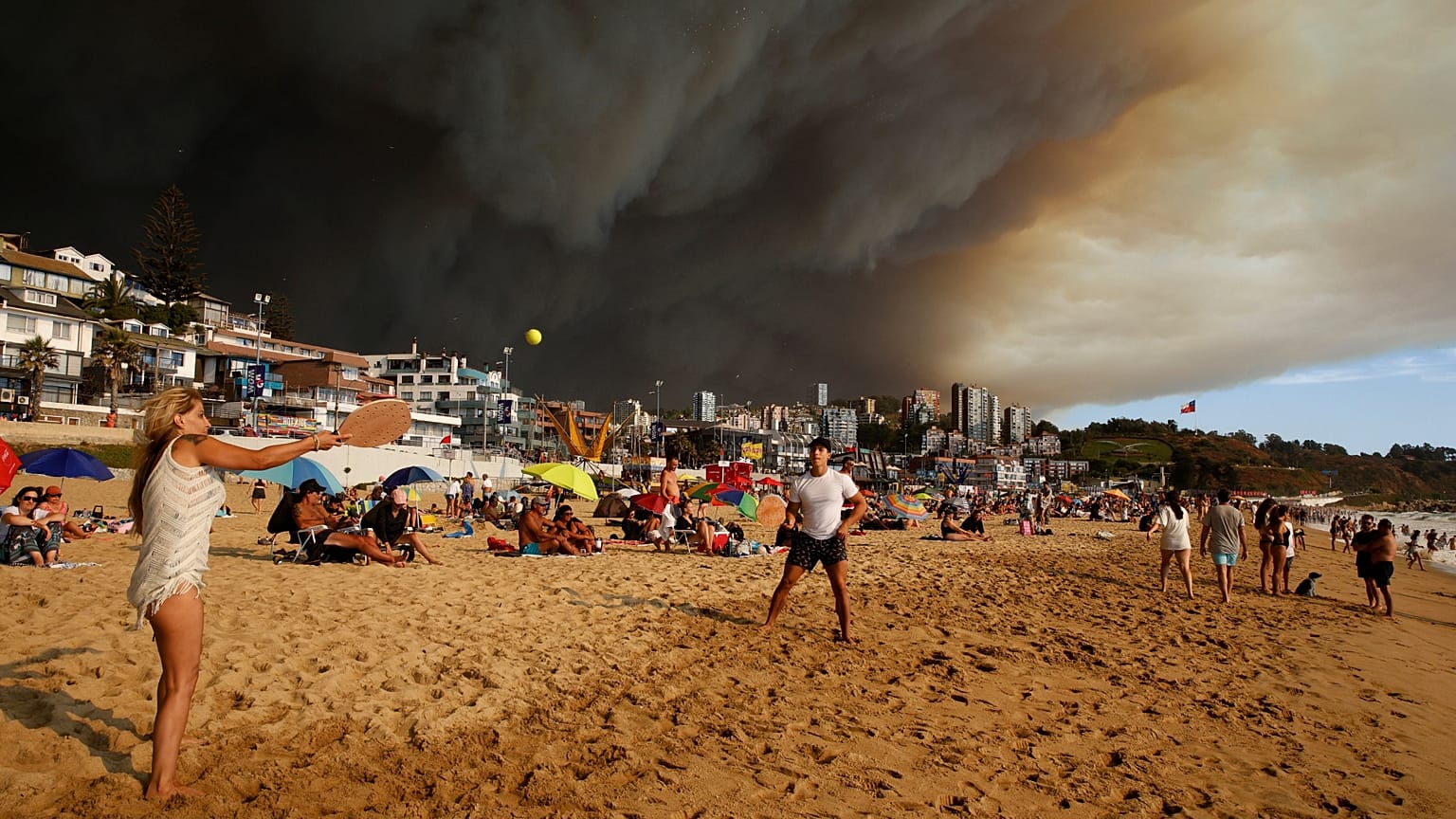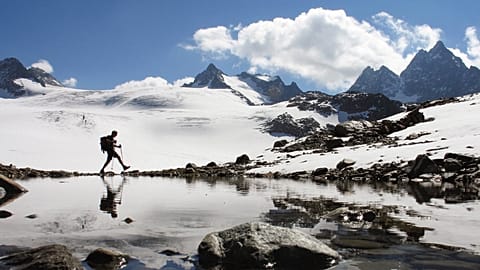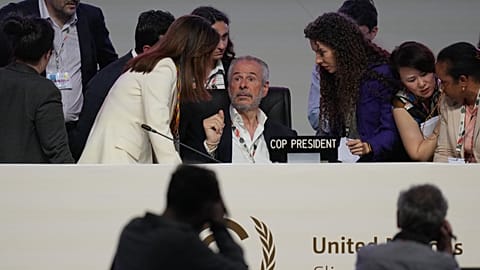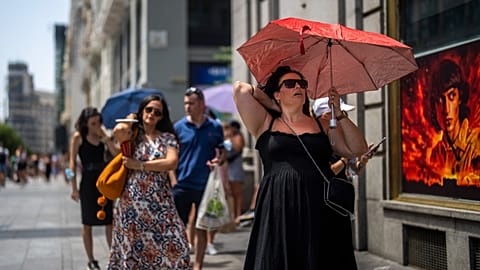The window to keep the Paris Agreement limit alive is 'shrinking' but it isn't closed yet.
Global warming has exceeded 1.5C for an entire year for the first time ever, according to the EU’s climate service.
Humans are responsible for virtually all global heating in the last 200 years, scientists say. And 2023 was a year filled with extraordinary droughts, searing heatwaves and deadly rainfall.
So what needs to be done to cool our planet? Can we still keep the Paris Agreement target alive and is it still possible to keep global warming from spiralling out of control?
Why is 1.5C such an important threshold?
The Paris Agreement target of limiting global warming to 1.5C is based on long-term averages rather than data for a single year so we haven’t crossed the line quite yet.
“It’s important to stress that this does not mean the limit set by the Paris Agreement has been exceeded,” says Francesca Guglielmo, senior scientist at the Copernicus Climate Change Service (C3S).
While greenhouse gases from burning fossil fuels are the primary cause, the sudden surge in temperatures from 2023 is also partially driven by the El Niño climate phenomenon. Warm ocean temperatures in the Pacific will have contributed to overall warm global temperatures.
“Nevertheless, having reached this level for such a sustained period - and rather abruptly if one considers the progression of global mean temperatures in the past at least three quarters of a year - may imply that the time between now and when the Paris Agreement limit is breached is shrinking.”
This more than ever, Guglielmo says, calls for mitigating actions in terms of phasing out fossil fuels.
We shouldn’t consider 1.5C as a “hard cut off” but it could increase the likelihood of tipping points that cascade out of control and irreversibly damage the Earth’s climate system.
The collapse of the Greenland Ice Sheet, for example, would cause sea levels to rise, changing ocean currents and shifting weather patterns - a major problem for vital ecosystems like the Amazon rainforest.
The 1.5C limit is also symbolic for global climate action, giving a concrete threshold on which countries can base their targets.
Can we still limit global warming?
There are still ways to prevent this worst-case scenario, however, and we’re already making progress.
The International Energy Agency said last year that global demand for oil, coal and gas is expected to peak before 2030. The cost of renewables is plummeting in many parts of the world and the transition to green energy is well underway.
Scientists say that urgent action to cut carbon emissions can still make a difference to our warming world. And worst-case scenarios like reaching 4C of global warming or more this century are now much less likely than they were a decade ago.
UN Secretary General Antonio Guterres has said the next few years will “largely determine” whether we can keep global warming to 1.5C. Speaking this week, he outlined some of the targets that need to be hit to stay within the limit.
“We must cut emissions 45 per cent by 2030, compared with 2010 levels. And we need emissions to have peaked by 2025,” Guterres said.
“By 2025, every country must commit to new national climate plans aligned with the 1.5-degree limit,” he added - and those plans need to be backed by robust policies and regulations.
They also need to cover all emissions in all sectors, according to Guterres. That includes mapping out the just transition to clean energy; finance for developing countries to phase out fossil fuels; and one of the major commitments from COP28: tripling renewable energy capacity and doubling energy efficiency by 2030.
“The good news is, we have never been better equipped to prevent climate breakdown,” the Secretary General added.
What do we need to do this year to keep climate goals in reach?
Earlier this month in Baku, Azerbaijan - where COP29 is due to be held later this year - UN climate chief Simon Stiell imagined what the world could look like by 2050.
With focused global action, he said, a future where we succeed in limiting global warming to 1.5C is “utilitarian, pragmatic and achievable” based on existing technology and policies.
To get there, renewable energy needs to be “abundant and affordable”, methane emissions eliminated, agricultural practices transformed, air pollution cut and our relationship with nature changed. It will require one of the “greatest global economic transformations of our age”.
“Looking at the numbers, it’s clear that to achieve this transition, we need money, and lots of it. $2.4 Trillion (€2.2 trillion), if not more,” Stiell said. This year is a vital one to ensure that commitments made at COP28 don’t fizzle out, that financial institutions and governments deliver what they have already promised and more.
The next two years, he added, will shape how much climate-driven destruction we can avoid over the next two decades and beyond.
Ultimately the core mission, Stiell believes, is for UN Climate Change to be extinct as we currently know it.
“It is my earnest hope that by 2050, this organisation will be rendered redundant, in a net-zero, climate-resilient global economy.”
Adapting to the change we’re already seeing
It isn’t all about curbing emissions and transforming economies, however. Millions of people are already suffering the deadly impacts of the climate crisis.
And protecting the world’s most vulnerable from the extreme circumstances they are already experiencing is also vitally important, regardless of the 1.5C target.
“Mitigation is crucial, but we need to see public finance for locally-led adaptation more than doubled and balanced to match amounts for mitigation,” says Patience Mukuyu, WaterAid’s climate specialist.
Solutions exist, Mukuyu adds, from flood defences to drought resistance. But there is “no time for more excuses”.
“For the world’s most vulnerable, this is a matter of life or death.”

